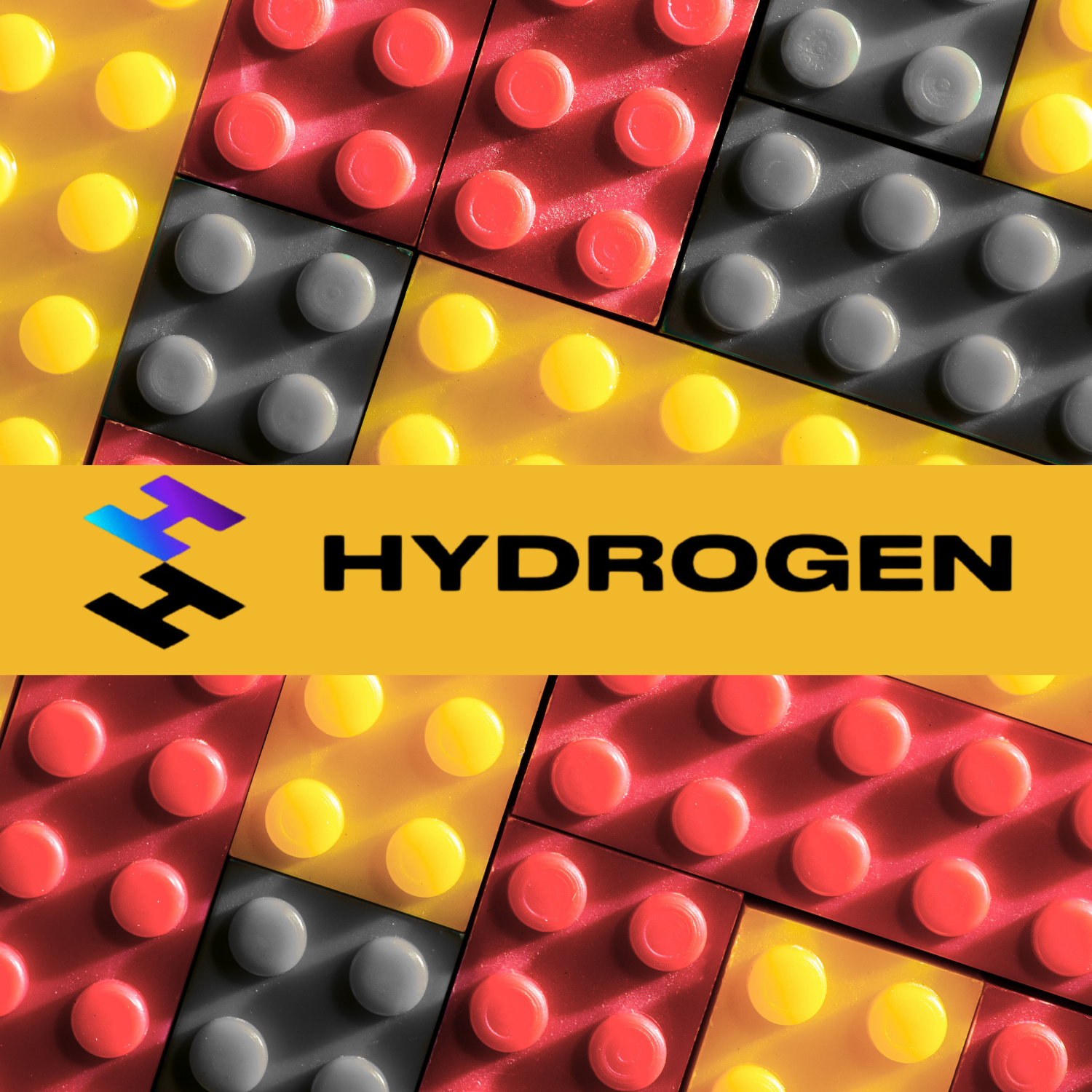I recently spoke with a solo developer at a company doing over $100 million in revenue. He's a traditionally trained engineer who joined the brand in 2020 and didn’t come up through the Shopify ecosystem. His take on Shopify was surprising. He finds the 2.0 upgrade and heavy reliance on vanilla JavaScript frustrating and limiting. He’s seriously considering going headless to get more freedom.
That conversation stuck with me. It raised a question I hear more often now: Is going headless worth it? And where does Hydrogen actually fit in?
Let’s unpack.
What Hydrogen Actually Does
Hydrogen is Shopify’s React framework for building custom storefronts. It's meant to give developers full control over the front end: the homepage, product pages, collections, and cart. You get modern tooling, fast performance, and more design flexibility.
But it's important to clarify one thing. Hydrogen doesn’t replace Shopify’s checkout. Even headless Shopify builds still use the default hosted checkout. You might extend it with Shopify Functions or Checkout UI Extensions, but you're not rebuilding it from scratch.
So if you're thinking about Hydrogen to change your checkout flow, it’s probably not the right tool.
Why Some Devs Want to Go Headless
In the case of the developer I spoke to, his frustration wasn’t really about checkout. It was more about wanting to work in a modern dev environment. He wanted better performance control, easier integration with third-party tools, and the ability to ship front-end features without fighting with Liquid.
All of that makes sense. But there’s a big tradeoff.
Going headless means you’re taking on your own CMS (you will have to build this out), deployment pipeline, QA, and more. You’re also going to be managing your own frontend stack and dealing with API updates from Shopify over time. That’s a lot for any team, let alone a single developer.
Meanwhile, Shopify’s native stack has evolved. Between Functions, metafields, and dynamic sections, a lot is possible within the traditional theme environment if you know your way around it.
What Happened to Composable Commerce?
A few years ago, composable commerce was the buzzword. Build a stack out of best-in-class tools. Swap parts in and out. Go full Lego mode.
Shopify even launched Commerce Components to cater to this trend at the enterprise level. But in practice, most brands didn’t want that level of complexity. They wanted things to work well and scale reliably, without piecing everything together themselves.
If you're not doing a billion dollars a year in revenue, you probably don't need to be fully composable. And even at that scale, plenty of brands are still happy staying mostly within Shopify.
When Hydrogen Actually Makes Sense
Hydrogen can be the right move if:
- You have a strong in-house engineering team
- You need to push the boundaries of your storefront’s performance or design
- Your PDPs and PLPs are complex and highly interactive
- Your brand experience is so core to your product that every pixel counts
In other words, Hydrogen is powerful. But it’s not a shortcut, and it comes with real overhead.
The Right Tool For The Right Stage
Shopify’s theme development has come a long way. There's a lot you can do without going headless. Hydrogen is a great option when you're ready for it, but for many teams, especially small ones, it might be smarter to invest in mastering Shopify’s native stack before making that leap.
To the one-man $100M dev shop I spoke with: your instincts aren't wrong. But you might get more leverage by leaning into the platform than working around it.
If we publish the full interview, it'll be worth a read.




